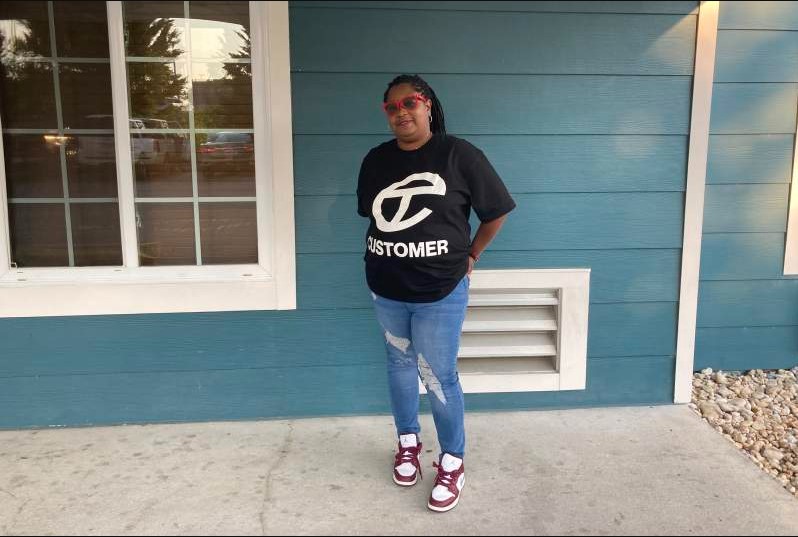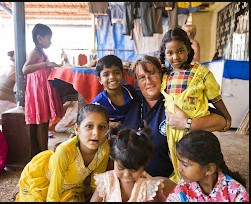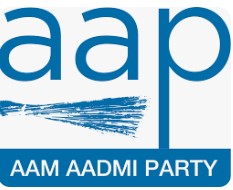Working with women and children
June 13, 2025

Deirdre Johnson is in a housing pickle. For the past five years, she has been living outside Richmond, Virginia, biding her time on a waiting list for housing assistance from the federal Section 8 program. Things have gotten so bad for the 47-year-old HIV activist—who was diagnosed with the virus in 2000?that she has been paying out of pocket to live in a motel.
Things took a sudden turn for the better in February, when she finally got a full-time job with the Sero Project—the national group that advocates for the repeal or modernization of state laws criminalizing people with HIV for having sex without disclosing their HIV status. (Johnson had played a large role in getting Virginia’s law softened in 2021.)
And though the just-under $30,000 salaried position was a godsend, it meant that she no longer qualified for Section 8. Nor has she been able to find a new place to live that meets her complex needs—safe and near public transportation and the airport because she lacks a car—without having to devote at least half of her new earnings to rent.
“I’m trying to buy something,” she says, “but I know if it’s in my price range, it’ll be rural, whereas I need something in an urban setting near transit.” She acknowledges she could rent a place above her means while hoping to make more money down the line, “but then you’re scared you’re not going to have enough to sustain your everyday needs.” She’s had a roof over her head one way or another, true, but she’s exhausted from feeling like she lives in a chronic housing crunch, just one step away from homelessness.
“I’m frustrated and deflated,” she says. “I can help change a law in my state, but I can’t find affordable housing here.”
Her story speaks to two national crises. One is the overall housing affordability crisis, which has ramped up the past decade. And not just in much-talked-about high-price metropolitan areas like New York, San Francisco, or Los Angeles, but in areas throughout the South and Midwest, which once were not generally associated with expensive housing. Earlier this year, Moody’s Analytics reported that the typical American renter is now officially rent-burdened, which means that 30% or more of one’s income goes to rent.
But within that crisis is another one, specific to people living with HIV, many of whom either have had their earning power drained by living with the virus (especially many longtime survivors who went years ill and unable to work) or who tend to come from groups already disproportionately experiencing poverty, such as those who are LGBTQ and/or global majority.
Yes, a number of public programs—both specific to HIV, such as Ryan White and HOPWA (Housing Opportunities for Persons With AIDS), and more general, such as Section 8—have long existed to provide housing assistance to folks with HIV, but as either rental or sales housing overall in the U.S. becomes more scarce and hence expensive, this puts the squeeze on what these programs can handle and offer.
This is according to Lauren Banks, executive director of the National HIV/AIDS Housing Coalition, which lobbies primarily for HOPWA funding. “Between the affordable housing crisis in America that creates more people who are housing insecure or homeless,” she says, “along with HOPWA funding?which remains insufficient despite increases in the past years?people living with HIV are being squeezed to find the true housing they need.”
Moreover, “some of the housing being offered [via programs] is not quality,” she says. “You might be suggested to move somewhere not very nice. Just because a shelter has an opening doesn’t mean you want to go [or that it’s safe to] live there. People living with HIV are people first.” Plus, she says, some localities have such long waiting lists for housing assistance that they set a very low income-eligibility cap to deter people from signing up.
Recently, she says, the Coalition partnered with the Centers for Disease Control and Prevention (CDC) on a report, published in the journal AIDS, finding that one in four people living with HIV were in need of housing support—meaning anything from help with rent to mortgage to an actual roof over their head. And of that 25%, she says, two in five were not receiving any kind of public or nonprofit program support.
Additionally, the report found that HOPWA, currently funded at nearly $500 million annually, only has enough money to support all people with HIV who need it for one out of 12 months a year. “That’s just a rental deposit,” she says. “That’s an alarming statistic that needs to be shouted from the rooftops.” Banks added that HOPWA’s years-long up funding trend, however insufficient, was in jeopardy as this article was initially being written, May 31, because of the Congressional debt-limit negotiation that has now led to a mandatory freeze on discretionary programs such as HOPWA.
It is also unrealistic to expect all HIV housing needs to ever be completely covered by HOPWA, which would need to be funded at about $6 billion annually to do so. Currently, Ryan White, a much larger HIV program, is funded at about $2 billion. Banks says that she and other advocates are currently fighting for at least $600 million for HOPWA in fiscal year 2024. But again, debt-ceiling negotiations threw a massive shadow over increases for all social programs; some of them are now subject to new restrictions, such as work requirements for food-stamp recipients.
Amid the overall crunch on HIV housing, says Banks, there are some bright spots: Some cities are moving slowly toward turning underperforming or defunct hotels into various kinds of single-room supportive housing units. There is also a slow trend of AIDS agencies braiding together different streams of public funding to build and open their own housing for people living with HIV, either refurbishing existing buildings or constructing from scratch. In St. Louis, for example, the longtime agency DOORWAYS last fall opened a new campus with a building of 50 units that can house up to 112 people per night.
DOORWAYS president and CEO Opal M. Jones cuts the ribbon on the agency's new housing campus last October.
DOORWAYS president and CEO Opal M. Jones cuts the ribbon on the agency’s new housing campus last October.
“We have launched a pioneering model of care that uses housing as the delivery system for 360 degrees of services focused on stabilizing client lives,” DOORWAYS president and CEO Opal M. Jones tells TheBody. For the $41.5 million project, she says, the agency raised $9 million through a capital campaign targeting individuals, corporations, and foundations; $15 million was secured through tax credits; and $17.5 million through applications to public funding sources.
“We are humbled that this project received such wide support,” says Jones, adding that she thought her agency’s model for creating highly supportive housing is “replicable and scalable” by HIV agencies nationwide.
In Dallas late last year, AIDS Services of Dallas opened La Maison, a 16-unit residence named in memory of the agency’s longtime leader, Don Maison. The name, conveniently, also means “the house” in French. It was subsidized by $1 million from the city of Dallas and the Department of Housing and Urban Development. At the time of its opening, the agency said it still had a list of 228 people waiting for housing.
Such nonprofit-driven housing solutions come as a godsend to those who need a stable roof over their heads, although it is likely that most people living with HIV would prefer to live as most people live—in their own rented or owned home or unit on the general market.

June 13, 2025

June 13, 2025

June 13, 2025

June 13, 2025

June 13, 2025

June 13, 2025

June 13, 2025

June 13, 2025

June 13, 2025

June 13, 2025